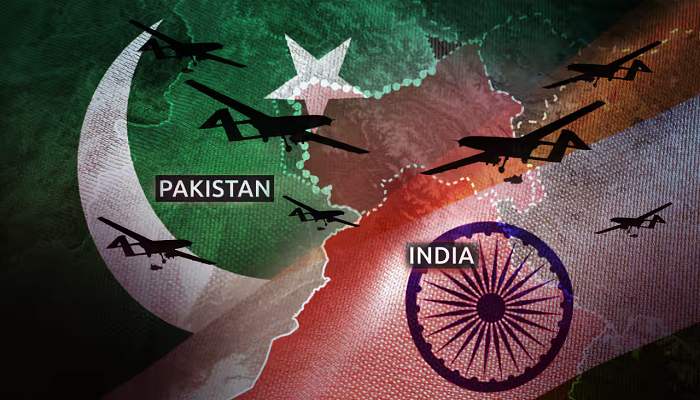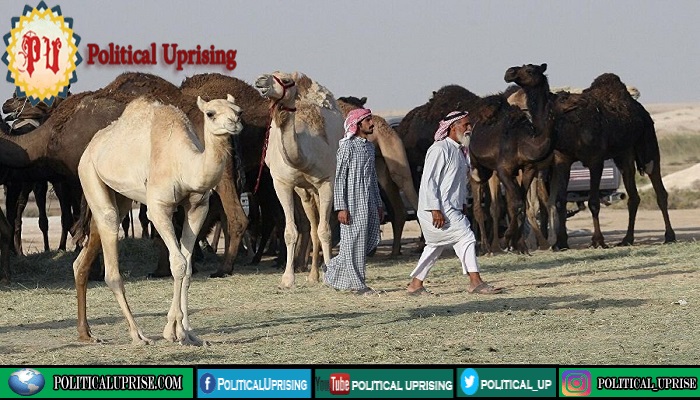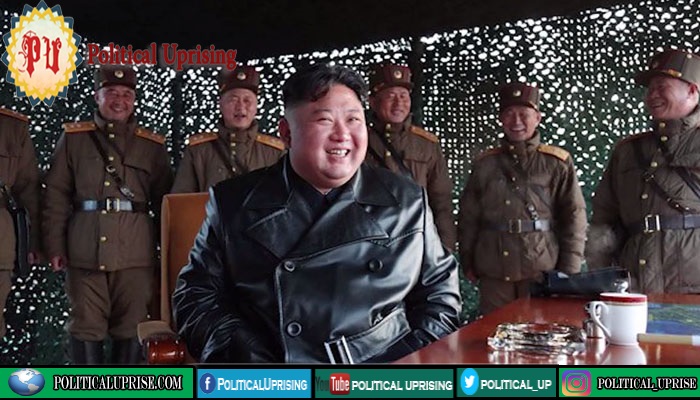Tensions between India and Pakistan have surged to dangerous levels in recent days, with heavy drone activity, cross-border artillery exchanges, and urban-area blasts marking the most severe escalation between the nuclear-armed neighbors in over two decades.
Explosions were reported late Friday night in Indian-administered Kashmir and in Amritsar, a major city in Punjab, marking the first known attack on the urban center since the conflict erupted. Pakistan has denied responsibility, with a senior security source stating that “Pakistan will never attack Sikh holy sites.”
The city of Jammu experienced a total blackout following sightings of drones and flashes in the sky, while ten explosions were reported near Srinagar airport.
Drone Warfare Escalates Across Borders
Pakistani security forces said on Friday they shot down six more Indian drones in various districts of Punjab, bringing the total to 77 downed drones. These drones—reportedly of Israeli origin—were intercepted in Okara, Pakpattan, and Vehari, with four destroyed in Okara alone.
US Urges India-Pakistan Dialogue Amid Rising Tensions Following Pahalgam Terror Attack
India, in turn, confirmed drone engagements in 26 locations across Rajasthan, Gujarat, Punjab, and Kashmir. In Ferozepur, a family was seriously injured by a drone strike.
India’s Ministry of Defence called the conflict the “widest multi-domain military challenge” since the 1999 Kargil War, citing “persistent aerial assaults using drones and projectiles.”
India initiated Operation Sindoor, targeting what it described as terrorist infrastructure inside Pakistan. According to Indian Air Force officer Vyomika Singh, the Indian military destroyed a Pakistani air defense system during the operation. India claims these strikes are targeted and preventative, aimed at halting cross-border militant incursions.
India linked the operation to the Pahalgam attack in which Hindu were killed. New Delhi accused Islamabad of sponsoring the attackers—charges that Pakistan strongly denies.
Jet Dogfights and Downed Aircraft Claims
Pakistan has claimed it shot down five Indian fighter jets, including:
- Three 4.5-generation Rafales
- One Sukhoi Su-30
- One MiG-21
Some independent news outlets confirmed the loss of at least two Rafales and another aircraft. Additionally, two U.S. officials told Reuters that a Chinese-made Pakistani fighter jet was responsible for downing two Indian military aircraft—marking a major success for Chinese military aviation.
The Indian Air Force has declined to comment on the report.
Massive Drone Launches and Civilian Risk
Indian officials reported that over 300–400 drones, mostly Turkish Asisguard Songar models, were launched from Pakistan within 48 hours, targeting 36 different sectors. According to India, these drones were used for:
- Attacking military infrastructure
- Testing air defense readiness
- Intelligence gathering
Colonel Sofiya Qureshi accused Pakistan of flying drones near civilian airliners—keeping its airspace open to complicate India’s countermeasures and risk international aviation safety.
Pakistan Denies Offensive, Demands Proof
Pakistan has denied all accusations of drone and missile attacks on Indian territory. DG ISPR Lt Gen Ahmed Sharif Chaudhry challenged India to provide evidence:
“Pakistan has not used drones or rockets. If India claims otherwise, let it present proof.”
He called India’s allegations fabricated propaganda, meant to distract from domestic turmoil.
Chaudhry claimed 33 Pakistani civilians, including an infant, were martyred, and 62 injured due to Indian shelling along the LoC. Pakistan insists it has only responded to Indian attacks on civilians and has not struck Indian urban centers.
Mutual Accusations and Escalating Blame
Both sides have accused each other of:
- Ceasefire violations
- Cross-border drone infiltrations
- Targeting civilian populations
Pakistan further accused India of sponsoring terrorism in Balochistan and KPK, and supporting anti-state groups. It also presented videos and testimonies from Kashmir residents, questioning India’s account of the Pahalgam attack.
Pakistan to Challenge India’s Indus Treaty Suspension as Delhi Pressures IMF on Loans
Information Minister Attaullah Tarar labeled India’s narrative as “politically motivated and baseless,” and offered a neutral third-party investigation.
Daily Life Disrupted on Both Sides
As the conflict widens:
- Schools in Rajasthan and Punjab have been closed
- Thousands of villagers and tourists have fled conflict zones
- Both the Indian Premier League (IPL) and Pakistan Super League (PSL) are suspended
- Indian stock markets lost $83 billion, while Pakistan’s KSE rose amid momentary calm
Residents in Amritsar, Bhuj, Srinagar, Bhimber, Kotli, Rawalakot, Muzaffarabad, Sialkot and Shakargarh reported sleepless nights, sirens, blackouts, and visible military mobilization.
Global Powers Urge Calm Amid Crisis
International reaction has been swift and cautious:
- U.S. Secretary of State Marco Rubio urged “immediate de-escalation”
- Vice President JD Vance emphasized the U.S. would not intervene, but hoped diplomacy would prevail
- China condemned India’s cross-border strikes as “regrettable”, urging both sides to avoid escalation
- Iran’s Foreign Minister Abbas Araghchi, currently in New Delhi, urged dialogue and restraint
- Additionally, Saudi Foreign Minister Adel Al-Jubeir met Pakistani PM Shehbaz Sharif in Islamabad on Friday, and UAE Foreign Minister Sheikh Abdullah bin Zayed Al Nahyan also held talks in Pakistan, both calling for peaceful resolution and de-escalation.
Tensions Rise in Pakistan-Administered Kashmir Amid India Standoff
With nearly 50 casualties, rising economic costs, and a flood of misinformation, the India-Pakistan standoff is now among the most dangerous military escalations in the region since 1999. As aerial, ground, and information warfare intensify, the conflict risks spiraling into a broader war without urgent diplomatic intervention.



